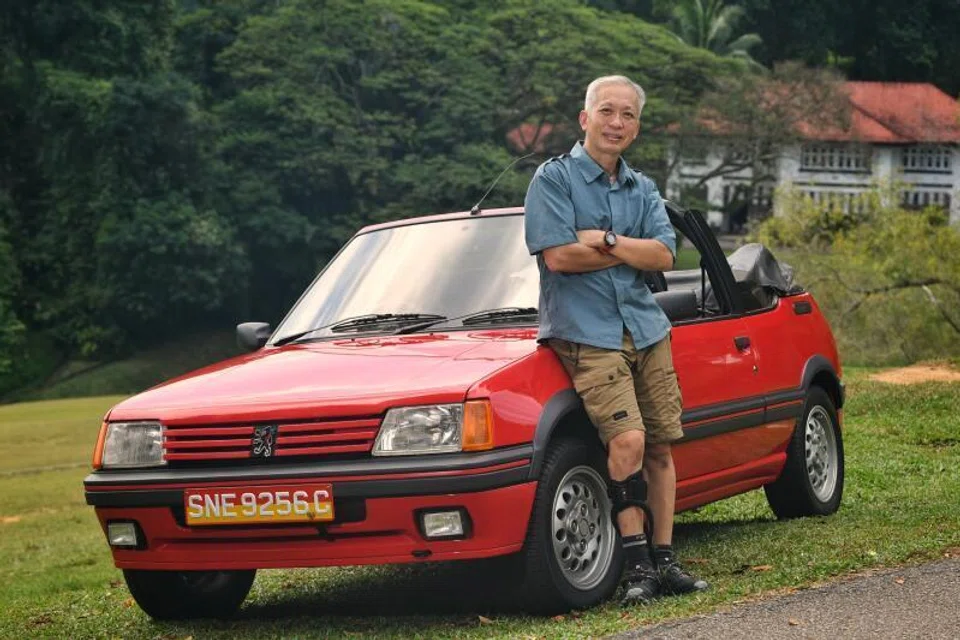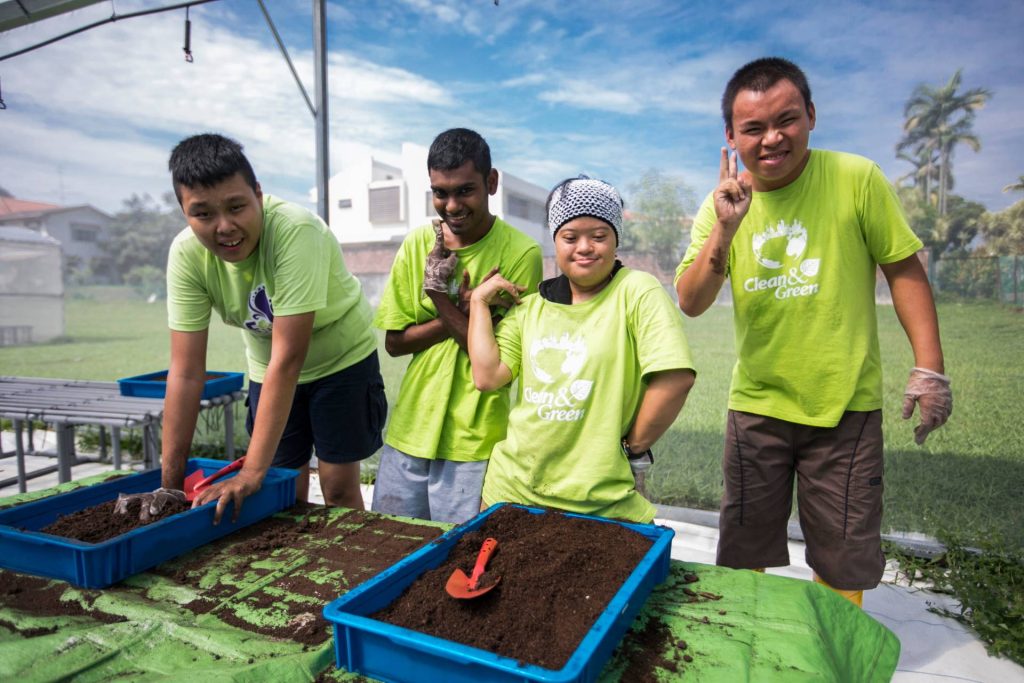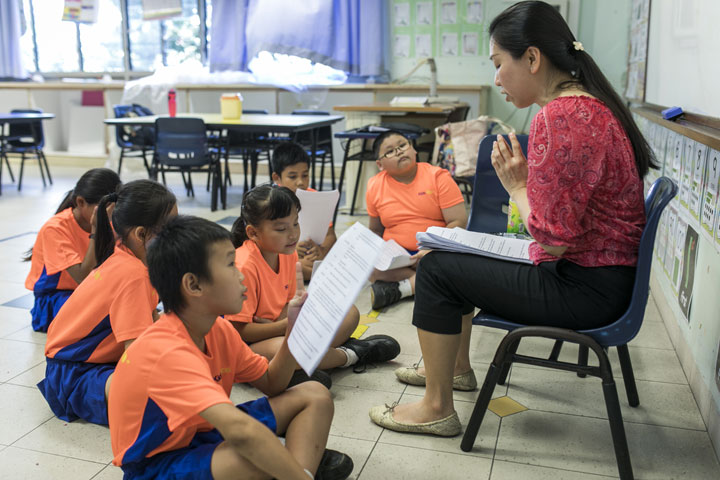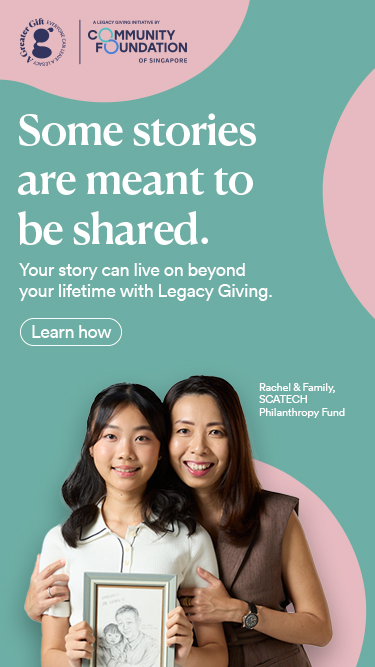
We need more stories about those giving back to society
Imagine you have led Singapore’s first expedition to the highest peak on the planet. You return home to nationwide acclaim and media attention. Everyone lauds your hard-won accomplishment and, not surprisingly, you feel invincible.But fate, as it turns out, has a capricious face. Imagine within weeks of your triumph, you succumb to a rare nerve disorder, which sends you to hospital for six months and leads to partial paralysis in both legs. How does one navigate such circumstances?









